Aidan Kasper
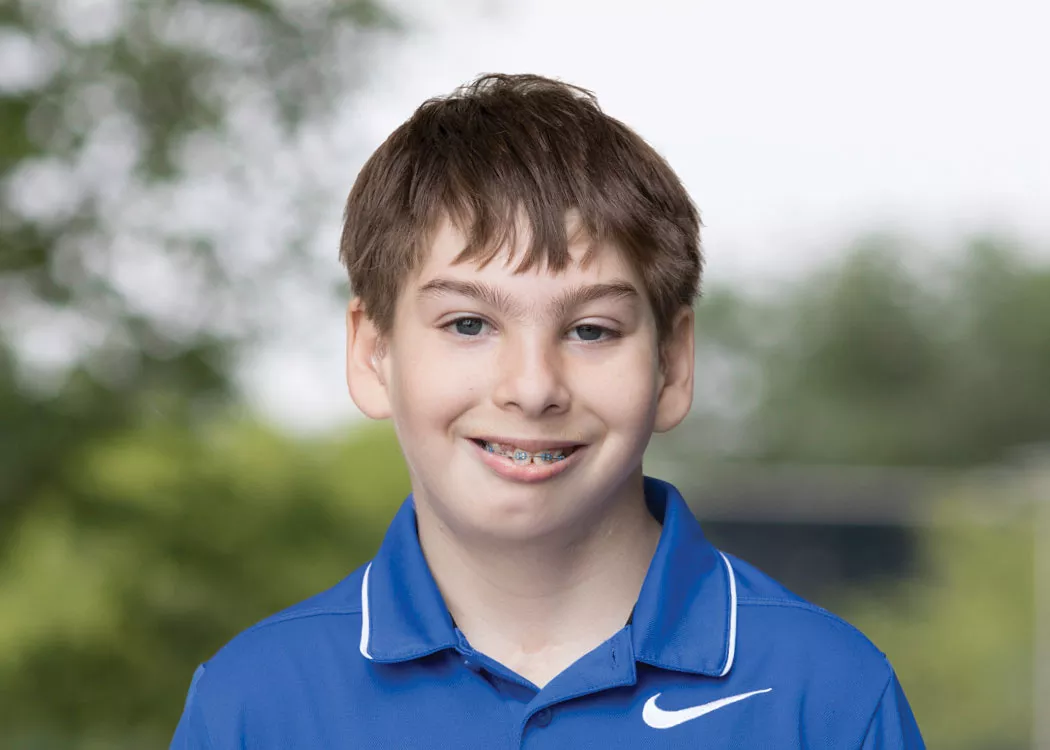
Aidan was transferred from his local hospital to the neonatal intensive care unit (NICU) at University of Iowa Stead Family Children’s Hospital immediately after birth when doctors discovered he was born with Pierre Robin sequence, a set of facial abnormalities that includes a small lower jaw, a tongue that is placed farther back than normal, and blockage of the airways. He spent 56 days in the NICU.
Jackson Tijerina
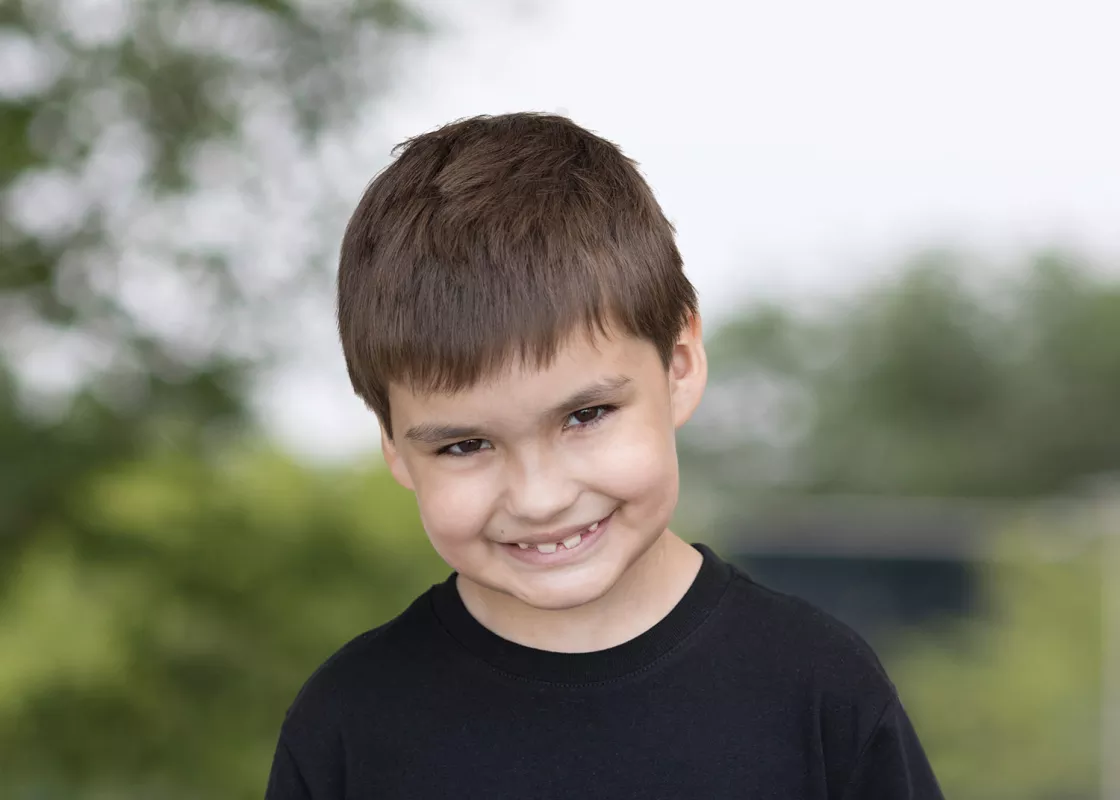
Jackson was born a seemingly healthy boy, but at 5 months old, he began vomiting daily and was not growing. Ongoing testing did not provide any conclusive answers, and by the time he was 5 years old, Jackson began having intense headaches. A brain scan eventually revealed pilocytic astrocytoma, a rare, cancerous brain tumor. Doctors were able to remove 90% of the tumor, and further scans revealed that Jackson had an aggressive form of the brain tumor.
Cien Currie

Cien was not meeting his developmental milestones in his first few months of life. One evening, he suddenly had a seizure, which led him to be hospitalized in a Des Moines hospital for a month. When his seizures continued to worsen, he was transported by AirCare to University of Iowa Stead Family Children’s Hospital, where pediatric neurologists diagnosed him with agenesis of corpus callosum (ACC) – a rare disorder where the middle of the brain does not fully form.
Enzo Thongsoum

Enzo was a healthy toddler until he fell ill at 21 months old. A cold led to weeks of unexplained seizures and worsening health. He spent two weeks in his local hospital, and when he became unresponsive, he was transferred by helicopter to University of Iowa Stead Family Children’s Hospital. Pediatric neuromuscular specialists diagnosed Enzo with a rare disease, discovered in 2007, called anti-NMDA receptor encephalitis – a disease where the immune system attacks the brain – and began extensive treatment.
Andrew Morlan
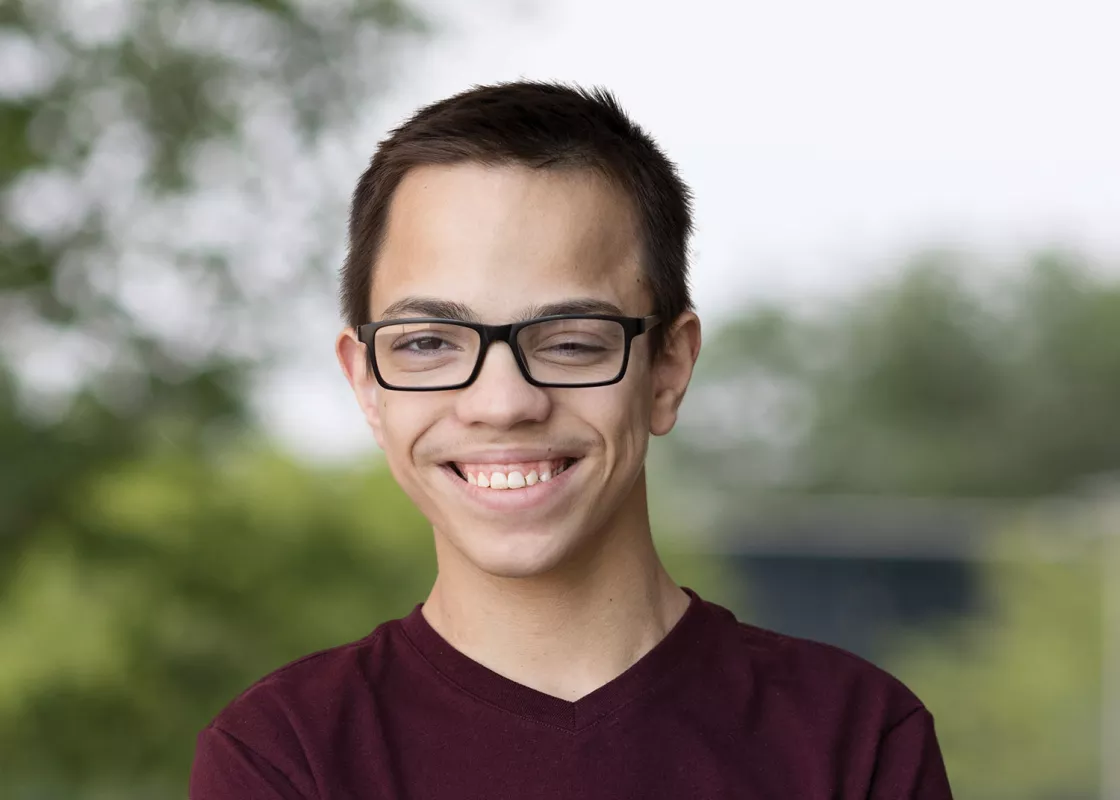
When Andrew and his twin brother, Isaac, were born, it was discovered that Andrew was in kidney failure. He was rushed to University of Iowa Stead Family Children’s Hospital where it was determined that he would need a kidney transplant. After 2 months in the neonatal intensive care unit, Andrew went home on dialysis, and at 14 months old, he received a kidney from his mother.
Gabby Yoder
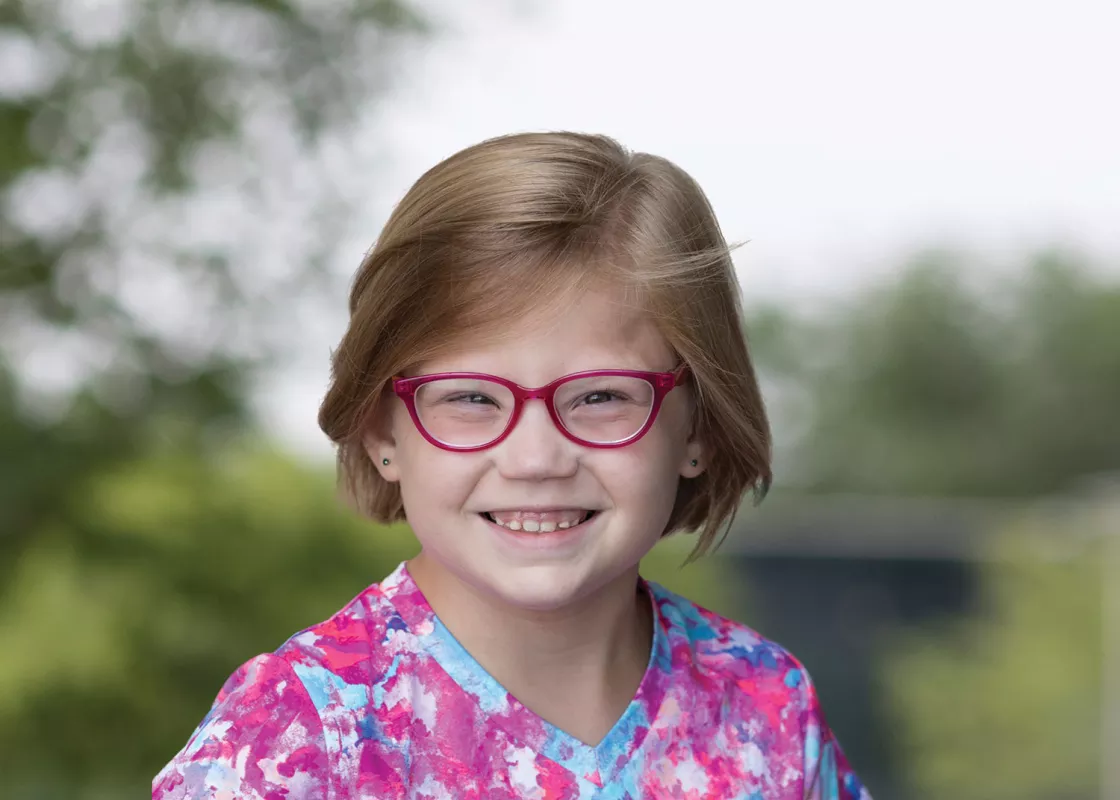
A high-risk ultrasound during pregnancy revealed that something was wrong with Gabby’s heart. Her mother was sent to University of Iowa Stead Family Children’s Hospital for a fetal echocardiogram, which led to a diagnosis of hypoplastic right heart syndrome with pulmonary atresia, a congenital heart defect where the right side of heart is underdeveloped.
Kendra Hines
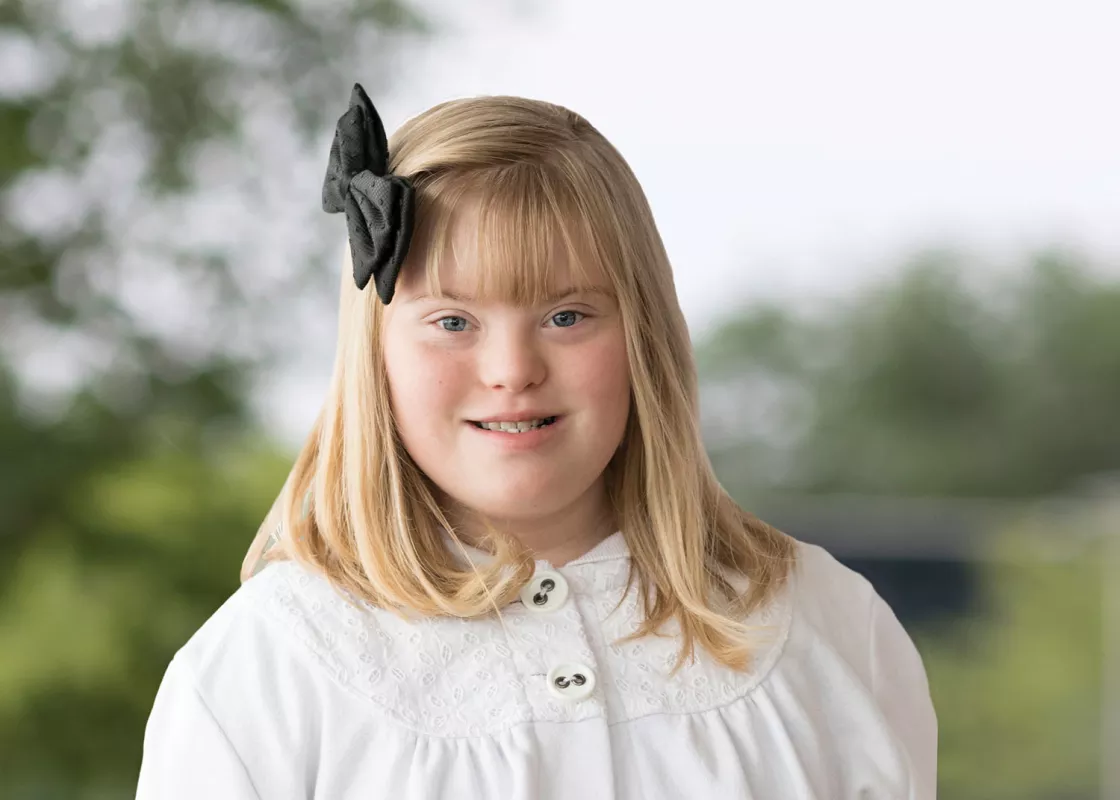
Kendra was born with Down syndrome, and began having breathing issues as a baby. At two months old, she stopped breathing in the middle of the night and was rushed to University of Iowa Stead Family Children’s Hospital where she underwent surgery to remove excess skin around her airway. Pediatric specialists at UI Stead Family Children’s Hospital also discovered that Kendra stopped breathing an average of 9 times a night, leading her to use a CPAP machine.
Lucy Roth
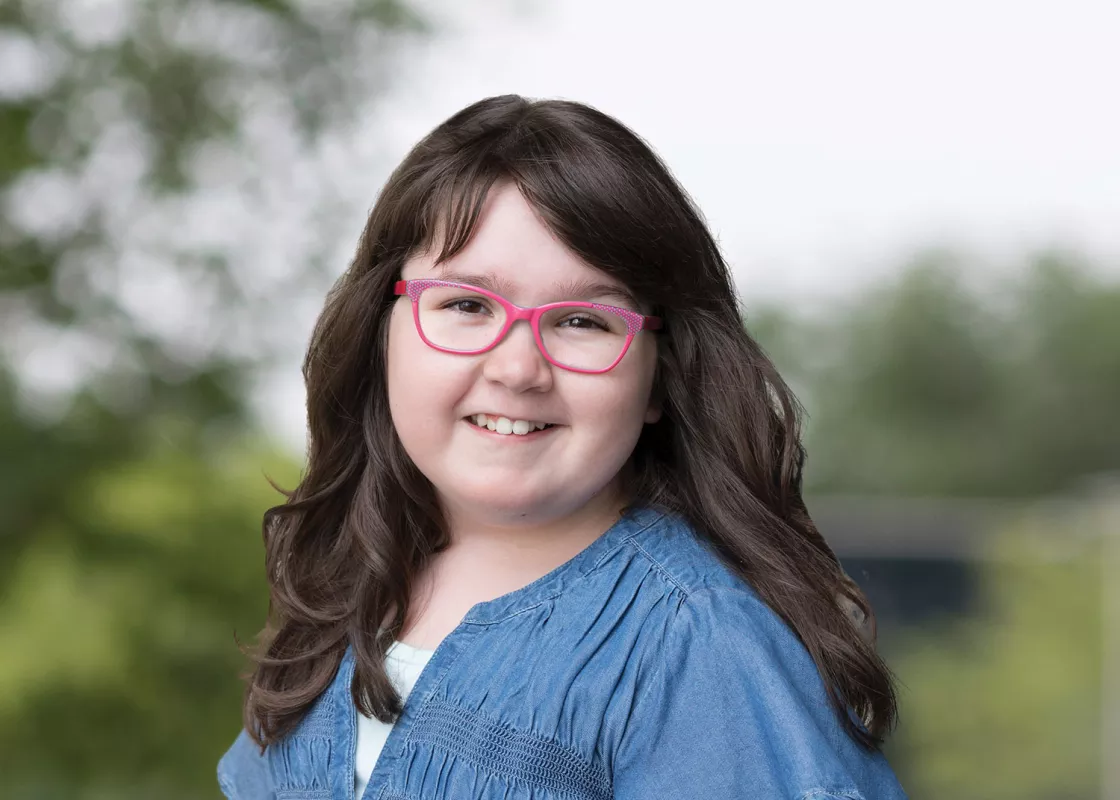
Lucy was a healthy baby and toddler, but she began having vision problems at 2 years old. Pediatric ophthalmologists at University of Iowa Stead Family Children’s Hospital ordered an MRI that revealed a massive brain tumor. During the subsequent 12-hour surgery, pediatric neurosurgeons were able to remove a large amount of the tumor. Lucy, however, was not out of the woods.
Skylar Hardee
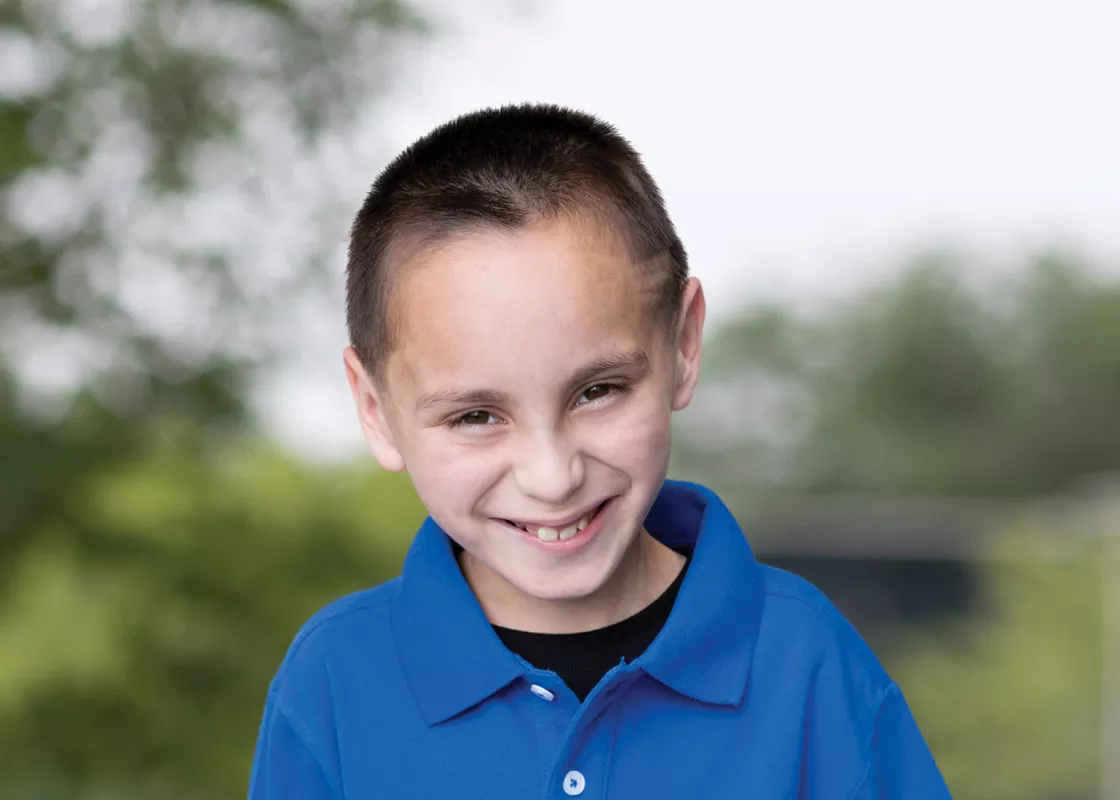
During their 16-week ultrasound, Skylar’s parents were given a 1% chance of their baby surviving. Doctors found no amniotic fluid protecting Skylar in his mother’s uterus. His parents sought help at University of Iowa Stead Family Children’s Hospital. Skylar was born prematurely at 32 weeks gestation and was diagnosed with VACTERL association, a congenital syndrome that results in abnormalities in various parts of the body.
Aubrey Bussan-Kluesner

Aubrey’s parents knew something wasn’t right with their daughter when she wasn’t meeting all her developmental and behavioral milestones. Teachers and other family members also expressed concern, so Aubrey’s parents took her to their local doctor, but didn’t find any answers. Still concerned, Aubrey’s mother called University of Iowa Stead Family Children’s Hospital for developmental and behavioral screenings.
Jeg Weets

At 2 years old, Jeg was seen by pediatric gastroenterologists at University of Iowa Stead Family Children’s Hospital, and was ultimately diagnosed with Crohn’s disease at age 4. When pediatric specialists noticed that his spleen was enlarged at a routine visit, they pushed for answers. Through extensive testing, Jeg was diagnosed with Niemann Pick Type C (NPC), a rare, progressive genetic disorder where cholesterol accumulates in body tissues, including the brain.
Charlotte Keller

At 3 years old, Charlotte began experiencing severe leg pain. Tests eventually led to a diagnosis of chronic recurrent multifocal osteomyelitis (CRMO), an inflammatory bone disease. By that time, Charlotte’s quality of life was very low, and she was referred to the pediatric rheumatology team at University of Iowa Stead Family Children’s Hospital.
Cooper Leeman
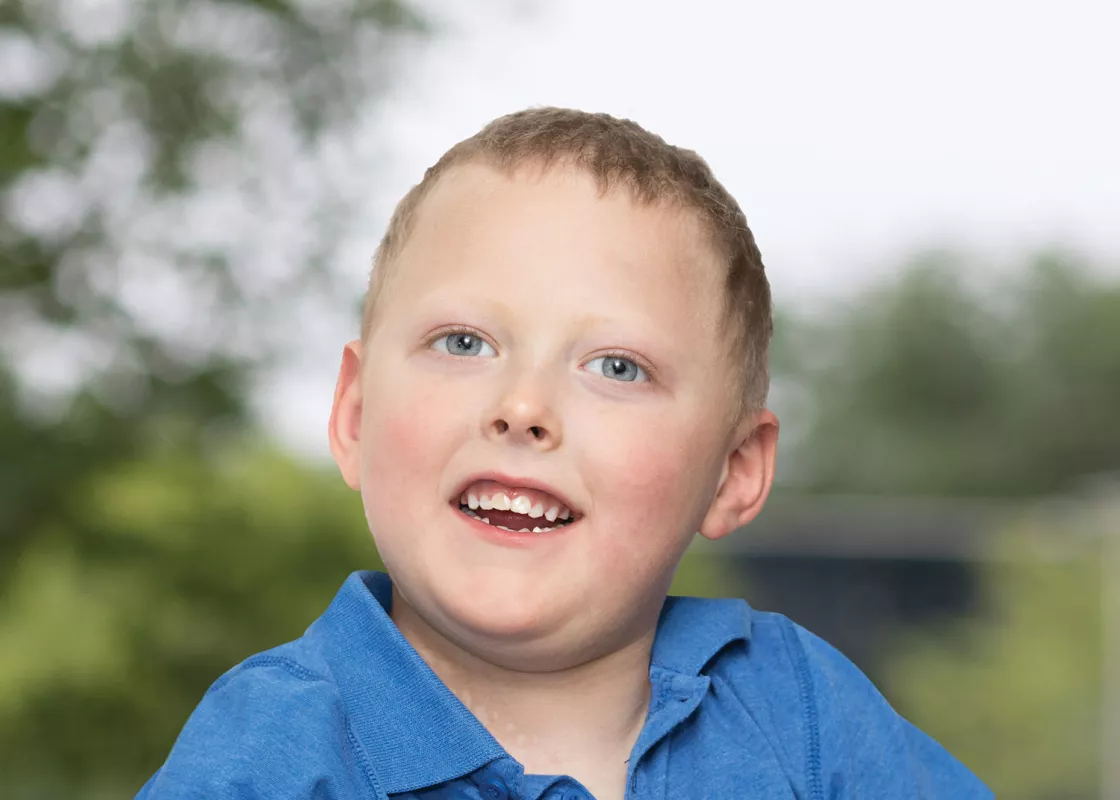
Cooper was a healthy 14 month old when he began having breathing issues and vomiting frequently. His condition worsened, and his local hospital diagnosed him with dilated cardiomyopathy, a condition in which the heart does not pump blood adequately. His heart function continued to worsen, and Cooper was transferred to University of Iowa Stead Family Children’s Hospital where he was put on the heart transplant list.